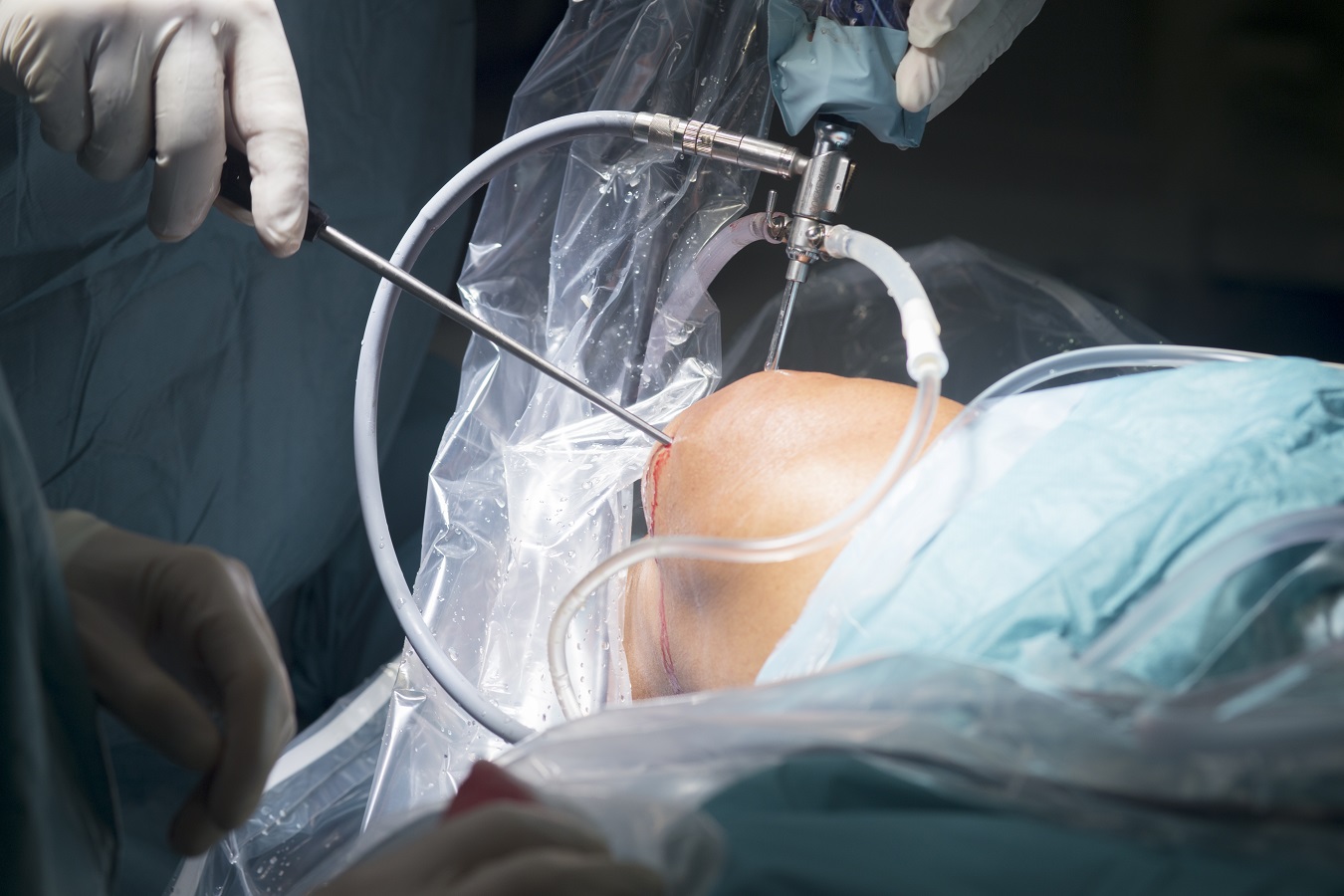Reasons for Arthroscopic Knee Surgery

Arthroscopy, also called as keyhole surgery, is a procedure that is used to examine and treat joint conditions. Arthroscopic procedures are usually carried out for knee, shoulder and hip joint issues though other joint conditions can also be treated with it.
Knee arthroscopy is a minimally invasive surgical procedure that is used for both the diagnosis and treatment of knee problems.
When Should You Undergo Knee Arthroscopy?
When a patient consults a doctor for knee pain, the doctor will first try conservative treatment options. These include:
- RICE: Rest, ice, compression, and elevation
- Physiotherapy
- Pain medication and injections to relieve inflammation
When the knee pain does not respond to the above, an arthroscopic surgery may be suggested.
Benefits of Arthroscopy over a Traditional Open Surgery
Minimum Damage to Tissue:
- The incisions made during arthroscopy are very small, typically around a quarter of an inch. Around 2-4 incisions of this size will be needed.
- In an open surgery, incisions of around 3 inches or more in length will be required. The exact size will change as per the nature of the problem.
- As a result, the damage to the surrounding soft tissue will be more in an open surgery.
Comparatively Quick Recovery:
While everyone has their own pace of recovery after arthroscopy, it can be roughly estimated as follows:
- Walking with an aid like crutches just 1-3 days after surgery.
- Walking without an aid as early as 5 days after surgery (but a slight limp might be present).
- Complete recovery in 4-6 weeks after surgery.
Reduction in Stitches Needed:
- Smaller incisions automatically translate to fewer stitches.
- Sometimes the doctor may decide to use small bandages called steri-strips to close the incisions instead of stitches.
- If the surgeon decides to close the incision with stitches, the stitches will usually get absorbed with time.
- Nylon stitches, when used, will need removal a week or two after surgery.
- The orthopedic surgeon will be the best person to decide on all the above choices.
Reduction in Pain:
- Pain after any surgery is expected, and an arthroscopic procedure is no different.
- However, when compared to open surgery, the degree of pain is lesser in arthroscopy.
- It is important to remember that the pain threshold will vary from patient to patient.
Reduced Infection Risk:
- Here again, smaller incisions lower the risk of infection after surgery.
- Research has shown that the risk of infection after a knee arthroscopy procedure is as low as 0.009 – 1.1%.
Conditions That Can Be Treated Arthroscopically
Meniscus Tear:
- The menisci that are present in the knee joint help protect the joint.
- When they tear, pain and swelling will result.
- If parts of the torn menisci are caught in-between the joint, the knee’s range of movement will be limited.
- The surgeon will first try to repair the tear arthroscopically, but if that is not possible, arthroscopic removal of the meniscus will be done.
Torn ACL Reconstruction:
- The anterior cruciate ligament or ACL stabilizes the knee joint.
- Injury to the ligament might happen during sporting activities.
- Arthroscopic reconstruction involves replacing the ligament with a graft to treat the condition.
Synovium Inflammation:
- The synovium is a thin lining that surrounds the knee joint which produces a fluid called synovial fluid for lubrication.
- When the synovium gets inflamed due to other medical conditions, it can be partially removed arthroscopically to provide pain relief.
Baker’s Cyst Treatment:
- A Baker’s cyst forms when a lot of fluid is produced, which then collects at the back portion of the knee in the form of a cyst.
- This condition will cause pain when the leg is fully straightened.
- Arthroscopic surgery is successful in treating Baker’s cyst.
Patellar Dislocation:
- An injury to the knee may cause the knee cap or the patella to move from its original position.
- The condition is painful and might be accompanied by swelling.
- Arthroscopic surgery can aid in restoring the patella to its original position.
Fracture Treatment:
- A fracture is basically a break or crack in the bone certain fractures can be treated through arthroscopy.
- When done arthroscopically, the procedure is less invasive than an open fixation method.
- Along with fixing the fracture, treatment of soft tissue damage can also be done.
Preparing for an Arthroscopic Procedure
- The doctor will guide the patient through the pre-operative procedures.
- If the patient is on medication for other health conditions, the doctor should be informed.
- The doctor will also inform the patient on when to have the last meal before the procedure.
- The procedure is usually done under general or spinal anesthesia.
What Happens During the Procedure?
- A very small incision is made in the knee.
- Through the incision, a small camera is inserted.
- The output of the camera will be seen on a monitor display.
- The surgeon guided by the display may insert small instruments to repair the condition.
Recovery after Arthroscopy
- Patients can go home the day of surgery itself. No hospitalization is required.
- For pain relief, ice packs will help. The surgeon will also give pain medication.
- On the first day after surgery, the patient might require some assistance at home.
- Keeping the leg elevated is recommended.
- The wound should be kept dry; hence care while taking a bath is necessary.
- A review with the doctor, a few days after surgery, will be scheduled.
- Physiotherapy will commence helping the knee regain its range of movement.
- When physiotherapy is done diligently, the long-term outcome of surgery is usually excellent.
